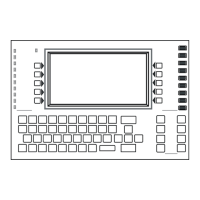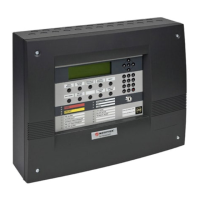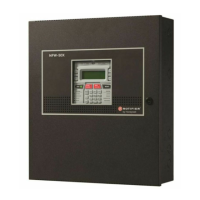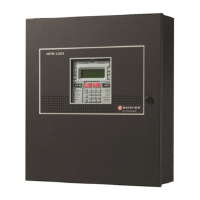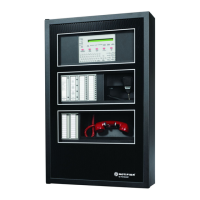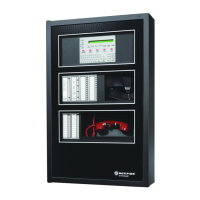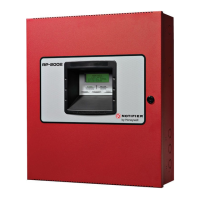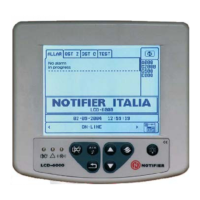14 N16 Instruction Manual P/N LS10239-000NF-E:A 04/20/2021
Product Description Panel Features
1.1 Panel Features
• 10 inch high definition color touchscreen display with customizable buttons
• 6.0 A power supply with four Class A/B built-in Notification Appliance Circuits (NAC). Selectable for System Sensor, Wheelock,
and Gentex strobe synchronization
• Easy expansion of isolated intelligent Signaling Line Circuit (SLC) capacity
– One expandable to three on N16e
– One expandable to ten on N16x
• Up to 159 detectors and 159 modules per SLC; 318 devices per loop/3,180 per FACP or network node
• Self-test detector technology, detectors can be any mix of photo, thermal, or multi-sensor.
• Modules include addressable pull stations, relay modules and monitor modules
• Network options:
– High-speed network for up to 200 nodes (NFS2-3030, NFS2-640, NFS-320, NFS-320SYS, NCD, NCA-2, DVC-EM,
ONYXWorks)
– Standard network for up to 103 nodes (NFS2-3030, NFS2-640, NFS-320(C), NFS-320SYS, NCD, NCA-2, DVC-EM,
ONYXWorks). Up to 54 nodes when DVC-EM is used in network paging
– Network Display Mode: allows the fire panel to act as a network display with the full capabilities of an NCD
• Weekly Occupancy Schedules allow changing sensitivity by time of day and day of week
• AIO Bus annunciators
• History Buffer (up to 10,000 events displayed)
• Advanced history filters allow sorting by event, time, date, or address
• Alarm Verification selection per point, with automatic counter
• Color-coded Icon-based event notification
• Event vectoring for quick viewing of event groups
• Optional Cloud connectivity for remote off-site monitoring through connected Life Safety Services (CLSS)
– Multiple off-campus central station reporting through the CLSS Gateway (CGW-MB)
• Silence Inhibit and Auto Silence timer options
• Field programmable with VeriFire Tools programming
• Remote programing through CLSS
1.2 Specifications
Refer to Figure 1.1, “N16 Board Layout” on page 13 for terminal locations and connections.
1.2.1 N16 Core Board
Trouble Relay- TB2
30 VDC 2A, 0.35 PF non-power-limited.
Printer Connection (for supplemental use only)- TB3
Power-limited (Class 2), supervision of end-to-end communication, isolated printer connection (left side).
Equipment must be located in the same room within 20 feet of the panel with cables in conduit.
Internal AIO Bus- TB4
Characteristic impedance: 120 ohms, supervised, power-limited (Class 2).
80 AIO devices max per system, up to 10 routers with 15 peripherals max.
Equipment must be located within 20' of the panel, in the same room, with cable in conduit.
External AIO Bus- TB5
Characteristic impedance: 120 ohms, supervised, power-limited (Class 2).
80 AIO devices max per system, up to 10 routers with 15 peripherals max.
Long line resistance: 100 ohms.
Network Service Connection (NUP)- J10
Power-limited (Class 2), supervised.
Equipment must be in cabinet located in the same room within 20 feet of the panel with cables in conduit.
PMB Connection- J15
RS-485 interface to panel, 24VDC power IN, 6A max, alarm bus, sync bus, CLP bus terminated on Core board.
CLP Bus Connection- J16
RS-485 interface to panel, 24VDC power OUT, 6A max, alarm bus, sync bus, CLP bus terminated on Core board.
1.2.2 PMB Power Supply
NAC 1 and NAC 2- TB2
Power-limited (Class 2), 24VDC, 1.5 Amps
Special applications, 150ma regulated,
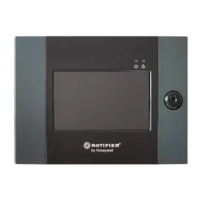
